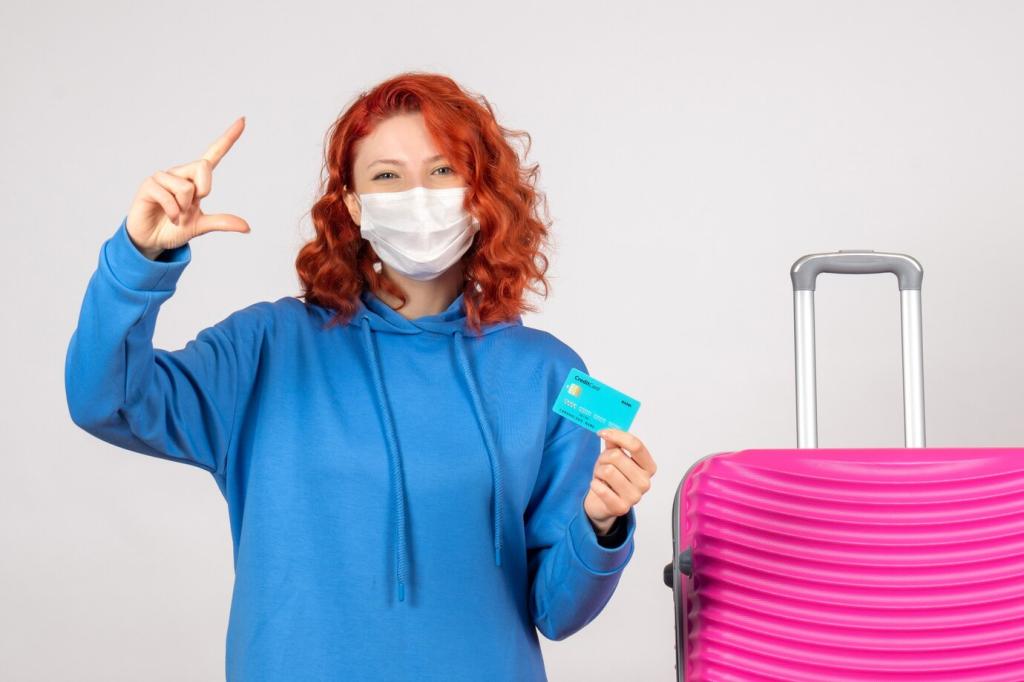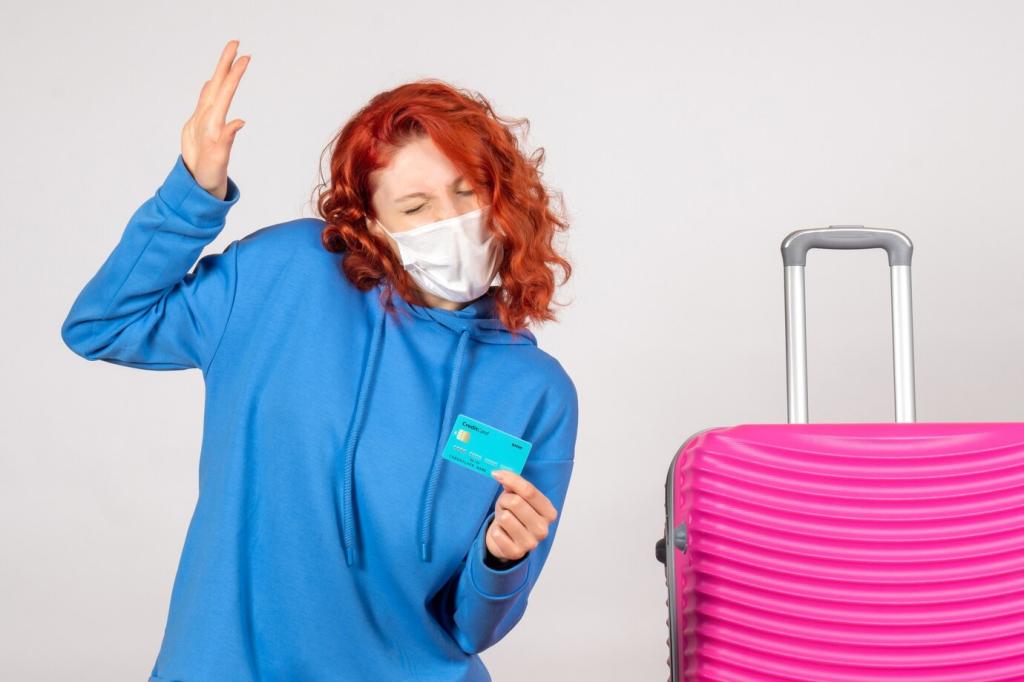Prep Before You Go: Set the Stage for Success
Include ginger chews or lozenges, plain crackers, electrolyte packets, sealable bags, extra shirts, wet wipes, a small towel, acupressure wristbands, a menthol or peppermint inhaler, and a favorite comforting item. A ready kit spares panic, helps you act fast, and reassures your child that you’ve got them covered.
Prep Before You Go: Set the Stage for Success
Choose mid-ship and lower decks on boats, over the wing on planes, and forward-facing seats on trains. In cars and buses, sitting up front with a clear view of the road reduces sensory conflict. Avoid backward-facing seats when possible, and keep sightlines open so eyes agree with the inner ear.


